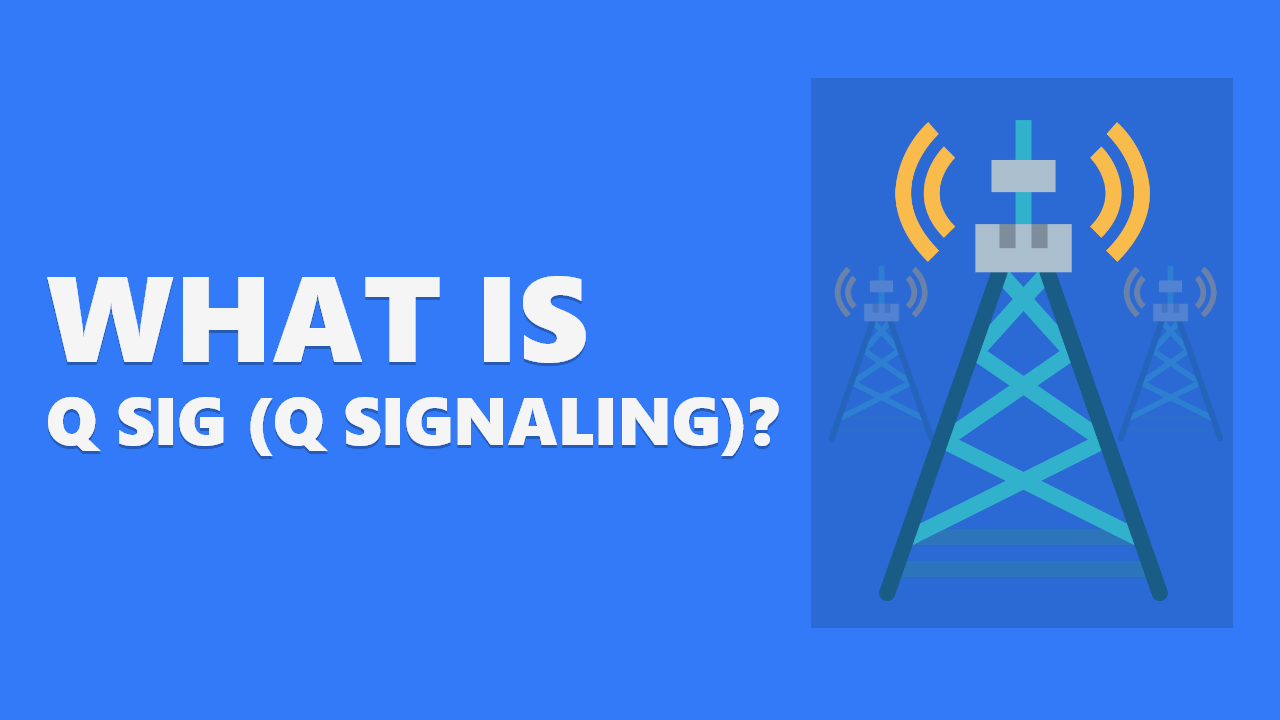
Role of VoIP Technology in Logistic Businesses
Logistics have always depended on efficient management. Even with the same number of vehicles, budget, customers, and routes, if you didn’t know what you were doing, your logistical chain would be impractical and non-profitable. What Makes Logistics So Tricky? It’s simple, really: the costs are high (gas, maintenance, vehicle acquisition, etc.), and there are too many moving factors. The routes are dynamic, the orders and delivery lines change all the time, and even factors as random as individual drivers can play a huge part in how these things turn out. Most of the time, managers in the field of logistics lack actual insight into what’s going on and what the situation is in the field. Even if they did get the whole picture, communicating with all the participants (from warehouse managers to drivers and independent owner-operators) is time-consuming and exhausting. Not to mention that there are so many ways you can get things wrong and many instances prone to human error. So, what’s the solution to this problem? The short answer is that the key lies in modern technology. By leveraging modern AI-powered and cloud-based tools, managers can gain advanced insights, better analytics, and real-time reporting. Communication, scheduling, and route optimizations also become simple. With all that in mind, here’s a bit deeper insight into the role of technology in the logistics business in 2024. i. Superior Maintenance No one would argue against the statement that vehicle maintenance is the single most important aspect of logistics. To substantiate this claim, one would only have to list the benefits of great logistics and the downsides and risks of its absence. For instance: Well-maintained vehicles have less downtime. Their maintenance, inspections, and repairs are scheduled, which means that you can make your own delivery schedules around them. With the right predictive maintenance, you’ll have an easy time expecting these instances. Well-maintained vehicles are more efficient. They spend less gas, need less oil, and don’t break down as easily. Everything from proper tire inflation to the general state of the car affects its performance. Most importantly, well-maintained vehicles are safer for their drivers and every other traffic participant. This is why it’s so important to stick to it and do it right. Still, you’re not doing this just out of the kindness of your heart; you’re also doing it because you’re required to do so by the law. With the right fleet vehicle inspection software, you’ll have a much easier time keeping track of the conditions and statuses of all these vehicles in real-time. This will allow you to be both more proactive and reactive. Most importantly, you need all the data you can get. You’re in it for the long run, and in order to prepare better and understand the industry better, you need to draw conclusions from previous instances. These maintenance and inspection tools are not just great with reporting. By being AI-powered, they’re also end-to-end analytical tools that can provide you with unique insights. In other words, you’re no longer dealing with data but with actionable information. ii. GPS-based route optimization Before the current technology, route optimization was rather tricky. First, you had to rely on maps and personal experience, which are crude and lack sufficient flexibility. What if the traffic is hefty at the moment? What if there are roadworks in progress? Modern GPS-driven technologies help calibrate routes in real time. Based on traffic reports, new conditions are uploaded into the database and processed in seconds. Electric cars also have issues with battery management and range anxiety, as they take longer to charge than gas vehicles. This is why a tracking system combined with battery intelligence software can drastically increase the reliability of your fleet. With more and more fleets going electric, this is more important than you think. It’s also important to mention that planning for the efficiency of the route itself is far from simple (when done manually). Just think about it: while you can plan for the optimal route that will deliver the most products in one trip, this isn’t easy when you factor in the available space, the availability of the vehicle, etc. Even the most intelligent, capable, and experienced fleet managers can consider only so many factors before they’re completely overwhelmed. With a modern route optimization tool, not only is this form of route planning possible—it’s also simple. This means that the task will no longer be time-consuming, and your managers will be able to return to the more pressing matters—more creative and less bureaucratic, as we’ve already mentioned in the previous section. Ultimately, scalability is a considerable factor worth mentioning. To software, there’s no difference if there are 12 vehicles to be scheduled or 12,000. Just think about how much manpower you need to handle this the old-fashioned way. iii. Better for Inter-Departmental Communication You must understand that the logistics is just one part of the larger chain. Chain of logistics is probably a phrase you’ve heard often (it’s likely the most common contextual use of logistics, to begin with). The thing is that logistics are the organization of what the circulatory system is to a human organism. It ensures that your production has enough raw materials to work with, that all your departments get the supplies they need, and that your customers get their products in time. Every department depends on logistics. If logistics are not working correctly, everyone’s performance drops and your HR can’t do a proper (fair) evaluation. If logistics are down, your sales and marketing teams make promises that they know you can’t keep. Now, thanks to logistics operating on cloud-based platforms, communication between the logistics team in charge and other departments has improved. Not only does the person in charge of logistics (usually a fleet manager or a warehouse manager) have any answers these departments need in real-time, but they probably also have a way to give them access so they can check for themselves. In other words, instead of bothering someone who’s already busy with your business’s essential functions, they can just log into their own account and check it out. Naturally, for the sake of cybersecurity, these platforms allow you to give and restrict access to certain insights on a need-to-know basis. Most importantly, the cloud-based nature of the system is ideal for remote teams. Today, the majority of businesses work on either remote or hybrid levels. At least some departments and tasks are outsourced to teams that are not on-site. Modern cloud-based platforms make this collaboration a lot smoother. iv. Automated Scheduling Tools The majority of scheduling mistakes happen due to human error. It’s easy to book something twice or forget to book it at all. Human memory is flawed, and when you repeatedly book the same thing over and over again, the memories tend to overlap. So, you forget to do something, and later on, when trying to recall if you did it or not, you remember the last time you did it. Was it this Friday or the last one? Are you sure about that? Automated scheduling tools make no such mistakes. The only mistake that you can make is in their programming. Sure, an occasional bug is possible, but these are usually discovered and patched before they ever cause a severe problem. By creating an algorithm where a vehicle should be checked for X every Y miles, you’re creating an ironclad system without sacrificing human administrators’ autonomy. You can still introduce changes or prepare a response in case of an emergency. Sometimes, a vehicle will break down even though it performed admirably during the previous test. Next time, an accident will happen, leaving it out of the rotation. The biggest flaw with this approach is the assumption that these “extreme” circumstances are not introduced into the system. There’s a function for an unexpected breakdown and a traffic accident. You only need to use the proper function; the system will take over from there. Keep in mind that this doesn’t replace the need for human operators and managers. It simply enhances their performance, slightly changing the nature of their work. In a way, it becomes more creative and less bureaucratic. As such, it might become a draw to more talent. Technology Makes Management of Logistics More Efficient and Cost-efficient Overall, these tools are a huge net positive in logistics. They save money, increase efficiency, and provide enough scalability to make them worthwhile. Moreover, we must clarify one thing. In the past, we’ve presented the idea of using technology for logistics management as if it were a matter of choice. This is not the case. Managing your logistics the old-fashioned way is not really on the table for anyone who wants to stay competitive (or has more than 2-3 vehicles in their fleet). So, using technology like VoIP in this field is not just worth it; it’s mandatory. Read More: What are the 2 advantages of internet telephony








